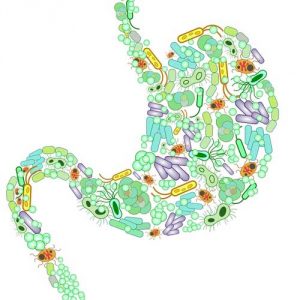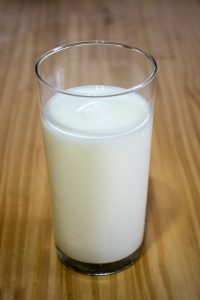Background
Depression is a mood disorder that is heterogeneous in nature. Depression causes severe symptoms that affect how a person feels, thinks, and handles daily activities (NIMH, 2017). According to the World Health Organization, depression affects over 300 million people and is a major worldwide contributor to the burden of diseases. This is especially pertinent considering that depression is one of the mood disorders associated with suicide, some others being anxiety, schizophrenia and PTSD. On an annual basis suicide leads to the death of nearly 800,000 people and is the second leading cause of death within the age group of 15 to 29 year olds (WHO, 2017). The underlying causes of depression are a complex interaction of social, psychological, and biological factors. It is essential to analyze these factors to understand the contribution of each in the development and maintenance of major depressive disorders. Continue reading “Depression and Microbial Dysfunction: A Link Between Gut Microbiota and the Brain.”


